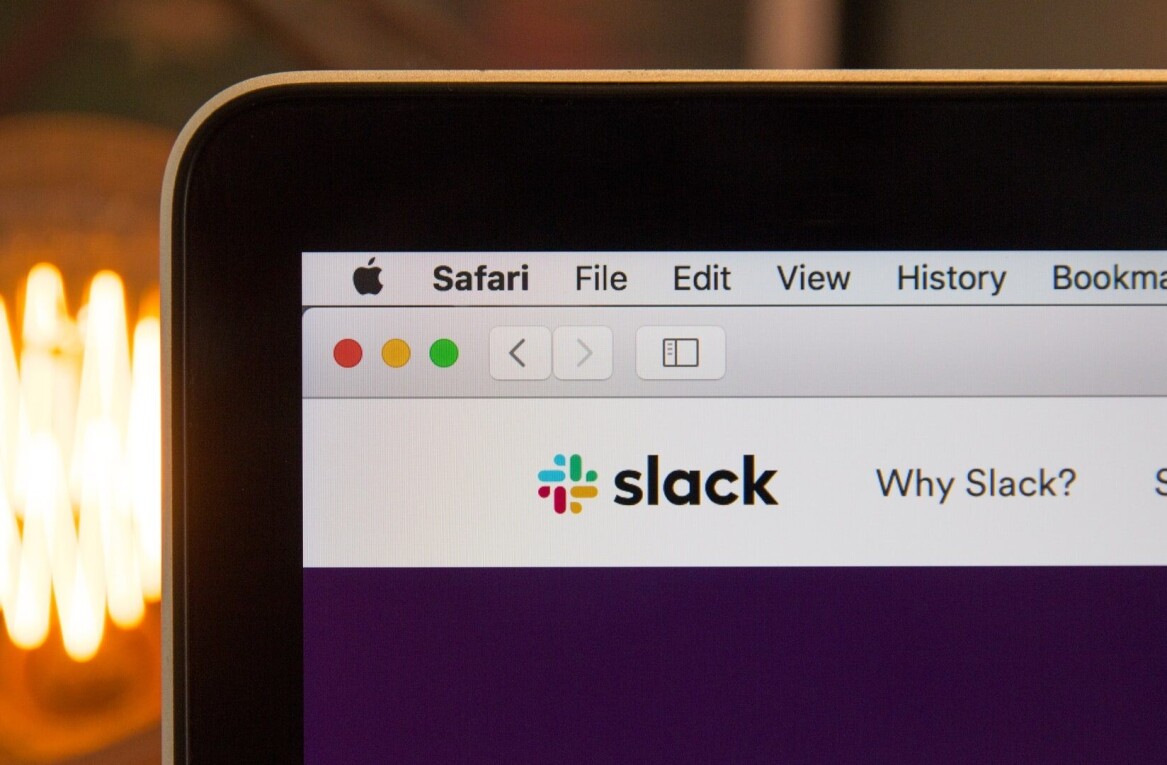
Slack, the team messaging service that’s been labelled as an “email killer,” is going to kill far more than just email.
For most medium to large businesses, productivity software has been something of a spaghetti bowl. You might have a tool like Yammer for internal social networking, Google Apps for email, Microsoft Office for document editing and GoToMeeting for video calling.
You can, of course, go all-in on a particular suite of tools to avoid some of that mess, but so far no one suite has been much of a haven. If you’re all in on Google, you need to bet on Gmail for email, Google Docs for document editing, Google Hangouts for video calling (ugh) and so on.
Slack, however, is quietly working away to become something bigger — an all-encompassing platform for managing everything your team does.
The company’s first ever acquisition, last year, was a document collaboration app called Spaces, which competed with the likes of Google Docs and Office 365. Then it acquired Screenhero, which is a service for sharing your desktop, voice and video with your team.
With just two purchases the company had the smarts to build a competitive document collaboration tool and a communications suite.
The service right now is honestly nothing more than a messaging app that happens to plug into everything else you use, to bring it all to a central place and that’s what gives us a hint at where it’s going.

As Slack ramps up development and companies spend increasing amounts of time within the service, it’s going to subsume some of those integrations and launch them as first-party features so you never leave the tool.
Your first reaction to the idea of this might be “Microsoft/Google already did that!” but their platforms are disparate and disconnected in practice.
With teams that are all-in for using Slack, there’s no emailing links or attachments of documents, no futile time wasting trying to invite everyone to a group call. In the future, all office software will be in one place — Slack’s messaging service will just be the top layer for interacting with it all.
I’m bullish on Slack, because each new feature the service adds is thoughtfully designed and implemented. Take the recently released emoji reactions, for example. It’s an innocent enough feature, but is implemented well enough to change the way people think about favorites.
Removing friction to getting the work done is the key. Because Slack encourages teams to talk to each other in a central, transparent space more than the traditional tools have, it’s in the best position to do this and disrupt the big, thunking office tools you’re used to.
Right now, Slack’s positioning itself as a tool that will disrupt email, but it’s going to be more than that.
It’s poised to disrupt the productivity industry as it launches these tools, but right now it’s masquerading as just another messaging service — Microsoft, Google and the other giants should be worried.
Get the TNW newsletter
Get the most important tech news in your inbox each week.




